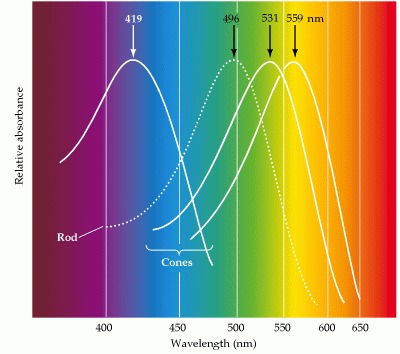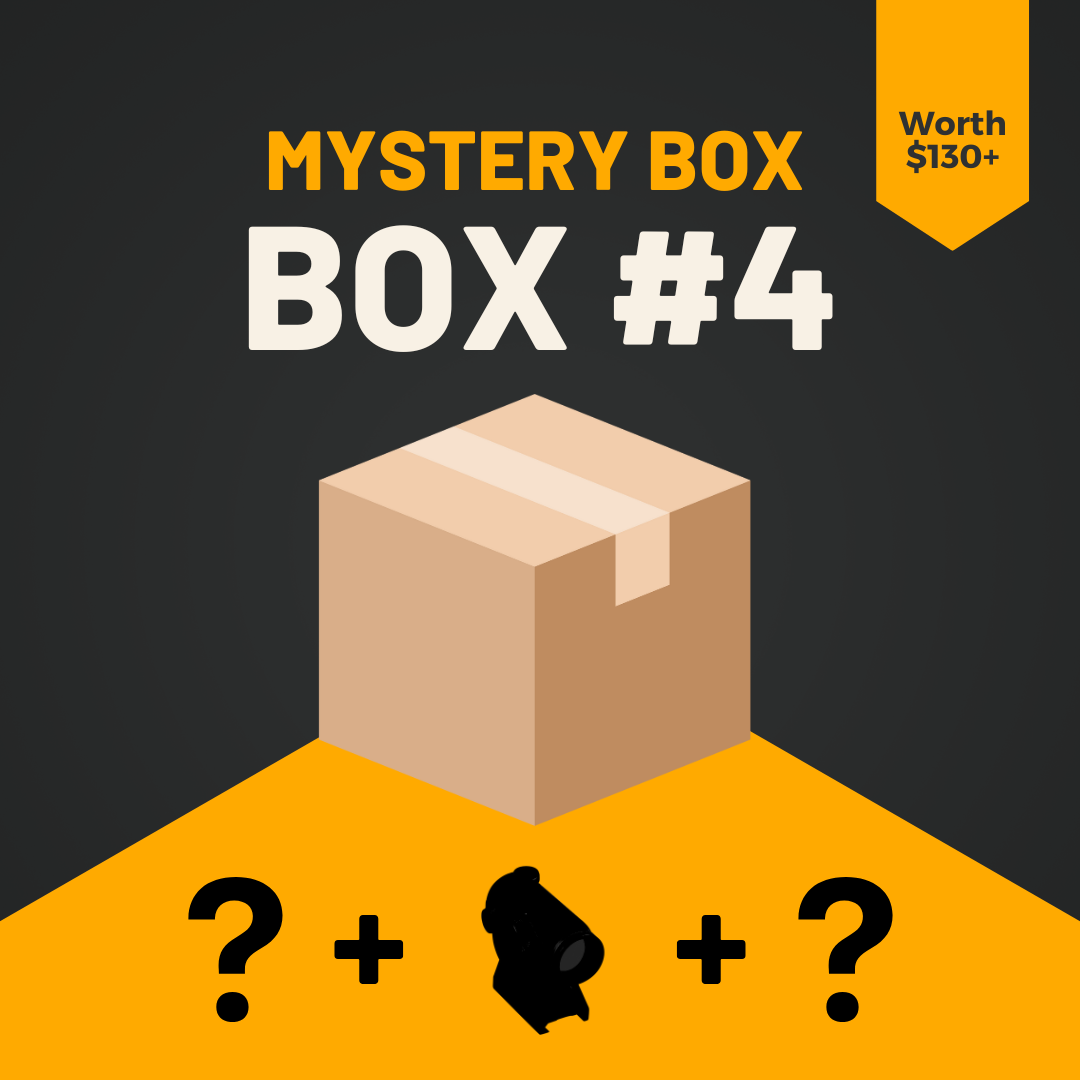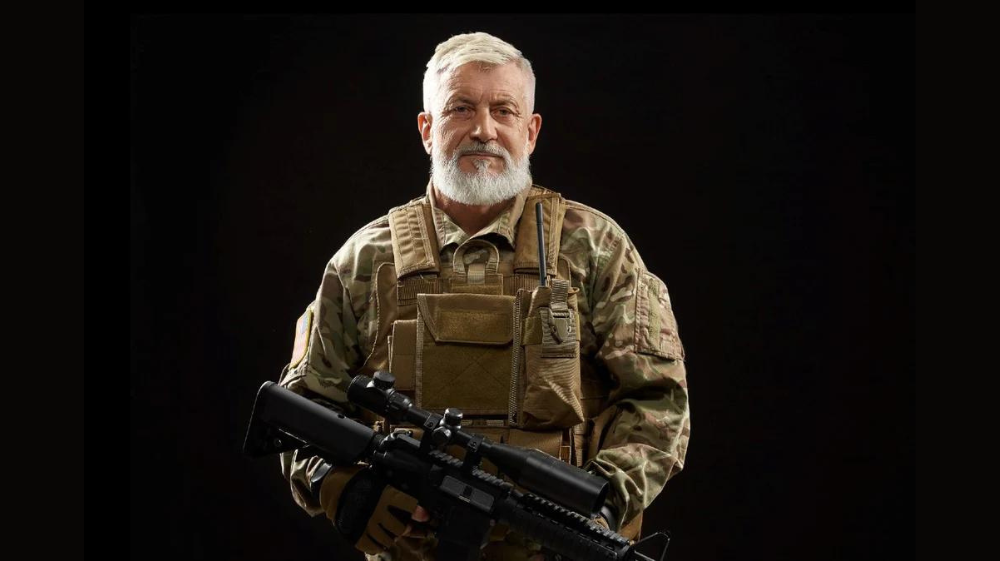Choosing the right illumination color ultimately depends on personal preference. However, in the realm of optics, there is scientific reasoning behind the selection of red or green. In this discussion, I will delve deeper into explaining which color may be superior for specific applications. I will also provide comparisons between red dot and green dot options.
In general, our eye physiology doesn't deceive us, leaning more towards a preference for green dot illumination over red dot illumination. Nonetheless, various factors influence how we perceive the dot and why either green or red might be suitable for one shooter but not necessarily for another.
When it comes to illumination and the ongoing debate between red dot vs green dot, the question of which is better holds relevance across all types of sights.
(Reading Time: 4-9 Minutes)
Is a Red Dot or Green Dot Better?
Determining whether a red dot or green dot is better for you ultimately boils down to personal preference, visual acuity, habits, application, and experience. It's important to note that what one person sees may not be the same for another.
Although a winning color is determined for each category, it does not represent the final decision. However, the information provided below offers valuable insights.
1. Visibility
 |
 |
Green Dot (left) vs Red Dot (right)
The human eye consists of approximately 120 million rods and 6 million cones. Rods are specialized for low-light conditions and contribute to our vision in such environments. On the other hand, cones are responsible for our perception of colors.
The cone cells in our eyes are divided into three categories: red-sensing (60%), green-sensing (30%), and blue-sensing (10%). However, categorizing cones solely based on color fails to fully capture their remarkable sensitivity across the entire visible light spectrum.

The cones in our eyes respond to different visible light wavelengths. Red-sensing cones detect long wavelengths from mid-green to almost infrared, while green-sensing cones detect medium wavelengths from deeper shades of green to orange-red. These cones overlap in their sensitivity to the green spectrum.
Green surpasses other colors in depth, brightness, and sharpness perception. Despite the prevalence of red in red dot sights and riflescopes, green is more visible to the human eye in daylight, making it the winner in visibility.
Winner: Green Dot
2. Refractive Eye Conditions
Image from: Caleb Tucker airsoft
Common refractive conditions of the eye include myopia (near-sightedness), hyperopia (far-sightedness), presbyopia, and astigmatism. Astigmatism is often attributed to dot irregularities when using red dot sights, but any of these conditions can cause similar distortions.
The observed anomalies typically manifest as excessive starbursts, clusters of dots, multiple dots, or dots with tails (resembling comets or smudges).

Reflex sights with red illumination tend to exhibit more of these issues, primarily due to the design of the sight and where the light converges within the eye.
Additionally, individuals may experience varying degrees of error, resulting in differences in dot shape, color, and brightness perception. Here are some troubleshooting methods to address dot anomalies:
- Ensure that you wear your contacts or glasses to correct for any visual impairments.
- Adjust the brightness settings of the illumination until the dot anomaly is no longer distracting.
- Consider using a magnifier behind the red dot sight and use the diopter adjustment to achieve a sharp and clear dot or reticle.

Moreover, it is worth considering a prismatic sight as an alternative solution. Unlike LED-based reflex sights that rely on dot reflections, a prism sight utilizes a prism to focus light, thereby delivering a more precise image and reticle to your eyes. Notably, it also features an adjustable eyepiece (diopter) that can help compensate for certain refractive conditions.
Regarding color preference, it is worth noting that green tends to offer greater depth, vibrancy, and clarity compared to red. Therefore, individuals with refractive error conditions often opt for green as their preferred color choice.
Winner: Green Dot
3. Hunting

According to Faughn and Serway's essay, the human eye is most sensitive to the 560 wavelength, or yellow-green. During daylight, the pupils constrict and the cones in the eye quickly adjust to varying light conditions.
As a result, green is more visible, reducing eye fatigue and stress. If you primarily engage in daytime hunting and prioritize acquiring a fast and bright dot, green illumination is ideal. It enhances focus, endurance during the hunt, and is suitable for individuals with visual acuity issues.
However, in dim and low-light situations, such as during the Golden Hours, it is advisable to lower the illumination brightness to prevent target and field of view washout. In such conditions, the relative brightness of a green dot compared to a red dot becomes less significant as dimmer settings are preferable.
Red, on the other hand, stands out effectively against dark targets and the surrounding terrain. With limited available light, the pupils dilate to allow more light in, and red illumination has minimal impact on compromising low-light adaptation and peripheral vision.
Winner: Tie
4. Target Shooting

Green and red dot illumination are both suitable for target shooting on various types of targets such as white paper, black shoot 'n see, and steel targets. While scientific factors may influence which color is perceived faster and easier, user experience and habits can also play a significant role.
Shooters who have become accustomed to red illumination over time may face difficulties in transitioning to green. The brain is conditioned to search for a red dot and must be reminded to adapt to a green dot, which can affect speed and performance. However, the distinctiveness of the green color may make it stand out and facilitate quick target acquisition.
To determine personal preference and speed, timed tests can be conducted to compare the two colors. On paper, the green color tends to appear brighter and easier to see, potentially enhancing speed. However, it's worth noting that individual visual characteristics can vary, and some individuals may find red dot sights more comfortable to use based on personal anecdotal experiences.
The red dot can wash out when used on orange targets, and the green dot can be slightly more challenging to spot on yellow targets based on my personal experience.
However, in the case of an LPVO with a glass-etched reticle, the problem can be easily resolved by turning off the illumination and using a black reticle. Unfortunately, this option is not available with a reflex sight, where the illumination is always active.
User preference and experience play a crucial role in determining the most suitable color illumination, as demonstrated by this application.
Despite the extensive discussion on the physiology of green and red illumination, the reality is that breaking old habits and adopting new ones can be challenging.
Winner: Tie
5. Law Enforcement
Image From callsign_lance
Red illumination has long been the go-to choice due to its affordability and extended battery life, making it a practical option for law enforcement budgets. However, as green illumination emerged as a viable alternative, its popularity has been on the rise.
The increasing preference for green illumination in professional applications with red dot sights can be attributed to numerous factors, some of which are beyond the scope of this discussion. One possible reason is its enhanced visibility in situations where a red dot may blend in with taillights and patrol car light bars.
Other factors may include the visual acuity of law enforcement officers and the psychological impact of using a different color, especially when a red laser is also mounted on their duty weapon.
Winner: Green Dot
6. Night Vision
 |
 |
Red illumination has been the preferred choice for night vision devices for several reasons. When compared to green, red stands out more prominently against a green display, ensuring better dot visibility. While it is possible to adapt to a green dot on a white phosphorus display, precise display settings are necessary.
In terms of preserving natural low-light and night vision, red illumination performs better. Red light requires a significant amount of energy and light to activate the rods in the retina, which are responsible for night and peripheral vision. These rods are more sensitive to medium wavelengths (such as green) than to long wavelengths (such as red). However, if green illumination is used, it should be at a low intensity, as it provides enhanced clarity and detail compared to red.
It is important to avoid excessively bright night vision displays, as they can impair night vision acuity. Red illumination is widely accepted for night vision due to its low intensity and minimal risk of activating the rods in our eyes. It helps to maintain night vision acuity and stands out more effectively than a green-on-green display. Therefore, red illumination remains the preferred color for night vision applications.
Winner: Red Dot
7. AR-15 & Pistol

The association between red dot sights and AR-15 rifles is deeply ingrained. However, it would be incorrect to assume that red dot sights on handguns are a recent development. In fact, pistols have been equipped with red dots for over four decades. What has sparked modern discussions is the choice between a red dot or a green dot.
If the primary objective is to enhance speed, target acquisition, and visibility based on eye physiology, opting for a green dot on an AR-15 or pistol is recommended. However, it is crucial to consider other factors, such as the intended application.
By narrowing down the specific use case and conditions in which the sight will be employed, it becomes easier to determine which color offers the most favorable outcomes and advantages for the given task.
Green dots excel in providing quick target acquisition and visibility under bright conditions. Nonetheless, the extended battery life of a red dot, particularly when coupled with motion sensor technology for continuous-on benefits, proves invaluable for duty officers or those employing a firearm for home defense purposes.
Ultimately, personal preference and external circumstances will play a significant role in determining the optimal color for your red dot sight, taking into account your individual setup and requirements.
Winner: Tie
8. Battery Life

In summary, red illumination offers the advantage of extended battery life due to its lower energy consumption. In contrast, green illumination requires more battery power due to its higher energy levels.
The human eye is well-suited for perceiving red, making it an ideal choice for illumination. With its longer battery life and excellent visibility, red illumination provides a winning combination.

Image From STScl & NASA
Red dot sights typically have a remarkable battery lifetime of 50,000+ hours, while green dot sights may offer around 1,000 hours of runtime. One advantage of green dots is that they can be operated at lower illumination intensities while still achieving comparable brightness to red illumination. This is because green is perceived as brighter and sharper by the human eye.
Ongoing advancements in optics and battery technology aim to bridge the gap between battery life and illumination color. The evolution of LEDs over the past three decades has contributed to these advancements, and the cost difference between red and green options is also decreasing.
However, when considering the numbers, the math clearly favors red illumination. Even if a green dot is used at low intensity and manages to extend the battery life to one year or more, it still falls short compared to the impressive 5-year battery life of a red dot operating at mid-range intensity.
To make an informed decision between red and green dots, it is crucial to conduct thorough research and compare the offerings available in the market.
Winner: Red Dot
9. Cost

In general, green dot sights tend to be more expensive than red dot sights, although there are exceptions. This price difference can be attributed to factors such as batteries and LEDs.
Green illumination typically requires more power compared to red illumination, and advancements in green LED technology were limited until the 1990s. However, with the rapid development of LED and battery technology, it is expected that availability, accessibility, and affordability of green dot sights will improve in the future, benefiting the consumer market.
In summary, red dot sights are generally cheaper than green dot sights, even if the price difference may be minimal.
Winner: Red Dot
Red Dot VS Green Dot: Pros & Cons
 |
 |
Red Dot Pros:
- Lower cost compared to green dots
- Longer battery life
- Suitable for use with night vision devices
- Effective in low-light conditions
Red Dot Cons:
- May require higher brightness settings for optimal visibility
- Dot can be distorted with refractive error conditions
Green Dot Pros:
- High visibility, especially in daylight conditions
- Reduced eye strain and fatigue
- Can operate at lower brightness settings
- Suitable for use with refractive error conditions
Green Dot Cons:
- Higher cost compared to red dots
- Reduced battery runtime
What's the Best Red Dot Sight Color?Determining the best color for a reflex sight dot is not a straightforward answer. While green illumination may seem advantageous on paper, individual variations in visual acuity and experiences play a significant role. Factors such as biology, personal habits, and past experiences can influence a shooter's preference for either a red dot or a green dot.
Interestingly, a study found that approximately 1 in 12 women possess a fourth cone in their retina, with only a fraction of them having functional tetrachromatic color vision. This raises questions about how individuals perceive the color green compared to one's own perception. While no single color may be perfect for everyone, there are measures you can take to improve dot visibility. However, it's important to acknowledge that there may be compromises you have to accept and adapt to. In some cases, if dot color or quality cannot be improved despite efforts, it could be attributed to a defective sight rather than a personal issue.
Ultimately, finding the best red dot sight color is subjective and may vary based on individual factors and preferences. |









